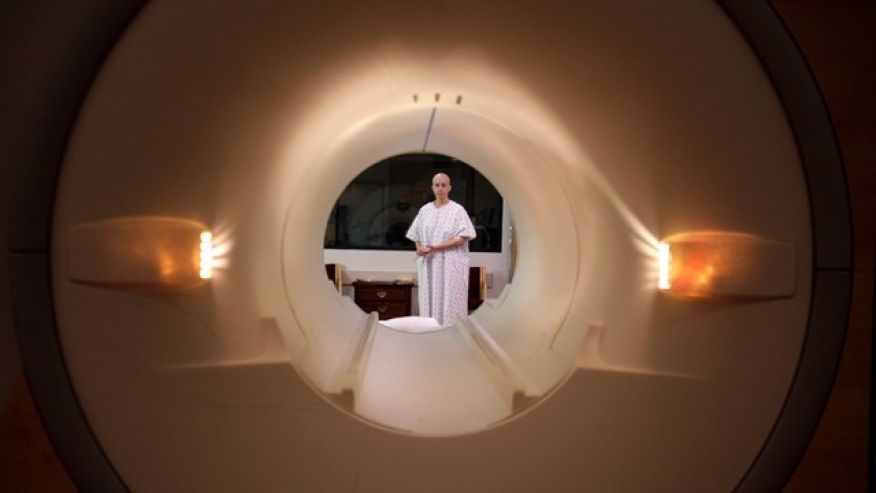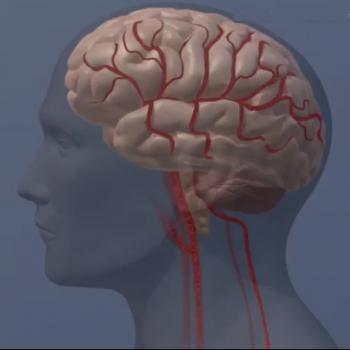
Science has proven how exercise can improve weight loss results as well as reduce the risk of developing some chronic diseases, but could working out also improve the health of your brain and make you smarter?
“We know exercise can stimulate the growth of brand-new brain cells in the hippocampus, and because we know that the hippocampus is important for long-term memory and imagination, this suggests that exercise can improve not only memory function but our creativity as well,” Dr. Wendy Suzuki, a neuroscientist and professor at New York University and author of “Healthy Brain, Happy Life,” told FoxNews.com.
“It helps parts of the brain important for attention, for memory and for mood, and it does this by doing things like changing the anatomical structure of the brain— it actually increases the size of some of these areas, and enhances the physiological responses of these areas.”
Most studies on the effects of exercise have been done in the elderly, but Suzuki wanted to see if exercise could change the brains of young and healthy adults. She set out to learn whether that was possible by studying her students at NYU.
After getting certified as a group fitness instructor, Suzuki told her students they would be actively participating in the research process. She would teach ‘intentional exercise,’ a type of class similar to intenSati, where you make exercise aerobic and mental by yelling positive affirmations or mantras like “I am strong” or “I am powerful” while exercising.
“Each class was one hour of me teaching them aerobic exercise, followed by an hour and a half lecture discussion talking about and telling them about what exercise was doing to their brain,” she said.
Suzuki would also test her young participants with a memory-encoding task at the beginning and end of the course. The task was designed to clearly show the function of one section of the hippocampus.
“I tested students on a challenging memory task that required them to differentiate between similar-looking objects in memory. I found that one semester of increased exercise in my class improved their response times for correctly answered questions. In other words, they answered correctly more quickly if they were in my exercise class compared to if they were not in the exercise class,” Suzuki said.
“Improvements in response times have been reported before, but this was unique because it was shown in a group of healthy young university students with just once a week of increased exercise. This suggests that if significant effects can be seen with this modest amount of exercise, then we might see even more striking effects if we got up to two to four times a week of increased exercise.”
Even though her research was on young students, exercising can improve the health of your brain at any age, Suzuki said.
“You don’t have to be a triathlete to get the benefits of exercise on your brain. No matter what age you are, no matter what health status you are, you can get these benefits of exercise.”
Like in most types of chronic disease, stress can have detrimental effects on the brain. Long-term stress can affect several areas of the brain, including the hippocampus, the prefrontal cortex— which is essential for cognitive abilities like the working memory, decision making and flexible thinking— and the amygdala, which is responsible for the response and memory of emotions, especially fear.
“It [stress] actually makes certain brain areas smaller,” Suzuki said. “People that have chronic stress have smaller parts of the brain that are important for memory. That part of the brain is called the hippocampus.”
To protect yourself from brain cell-killing stress, Suzuki refers to exercise.
“We know if you put animals on exercise, you can help protect their brains from lots of stress that you can give them, but not only that— if animals are already stressed and you put them on an exercise program, you can regrow these brain areas that are being attacked by stress hormones in the blood stream,” she said.
Aside from exercise, Suzuki believes we can exercise our brain with what she calls simple brain hacks that can enhance certain functions.
Source: Foxnews




















